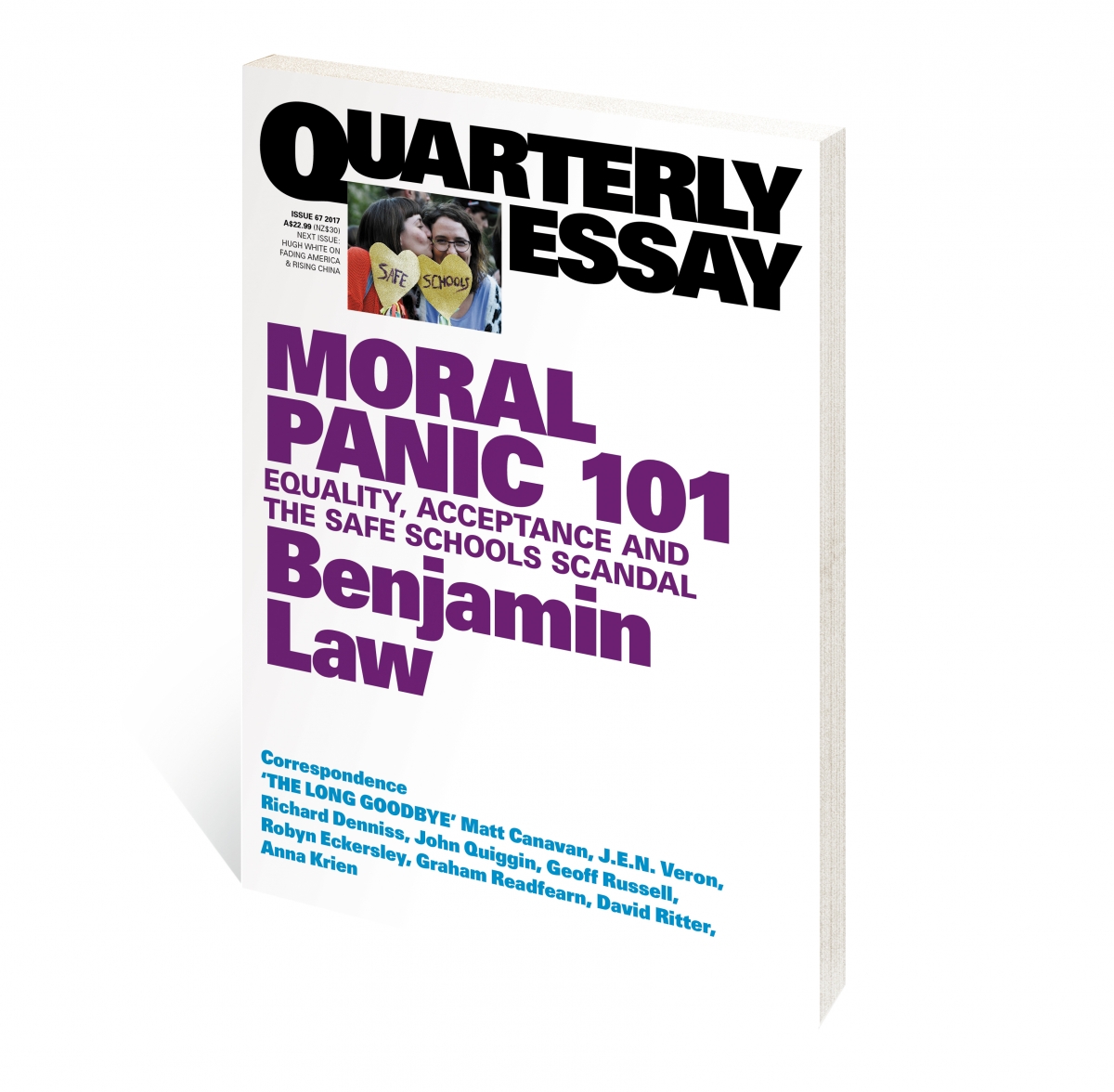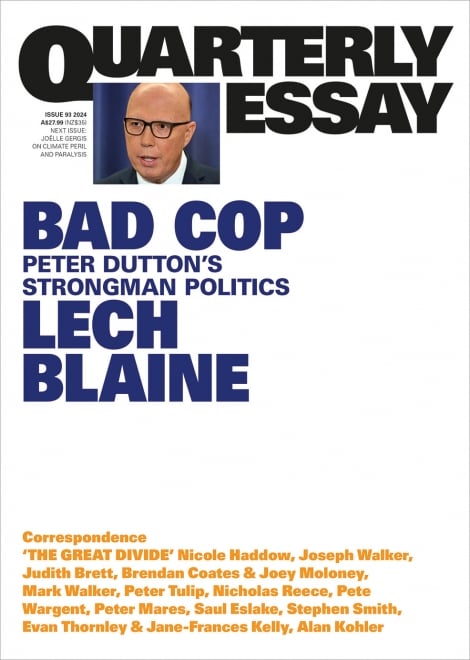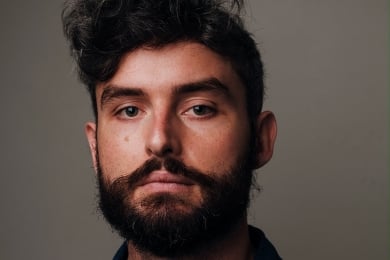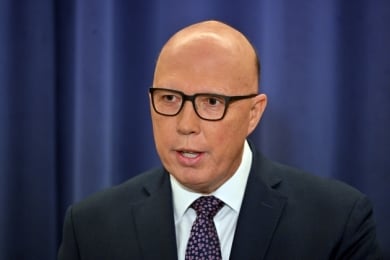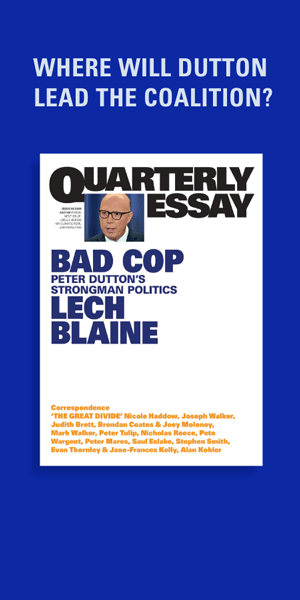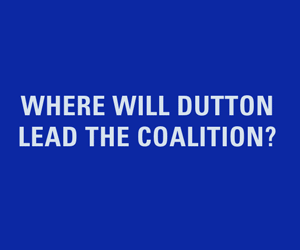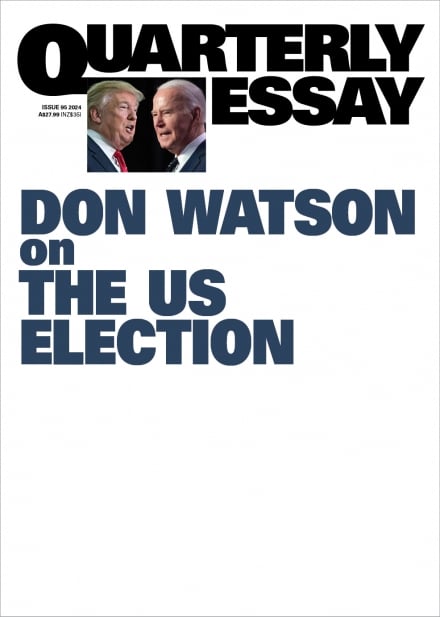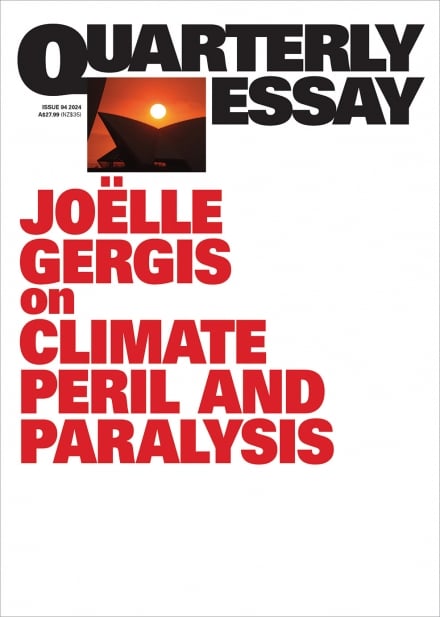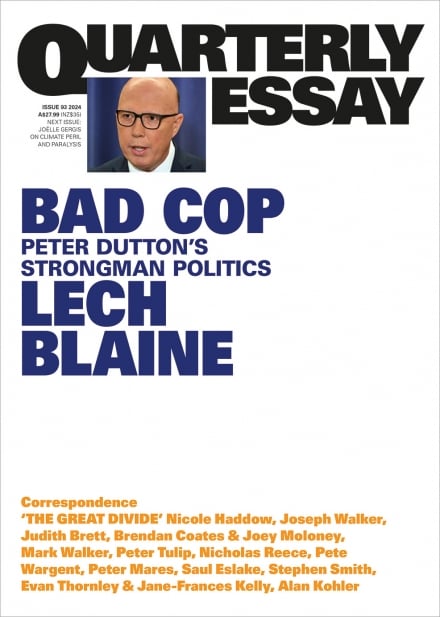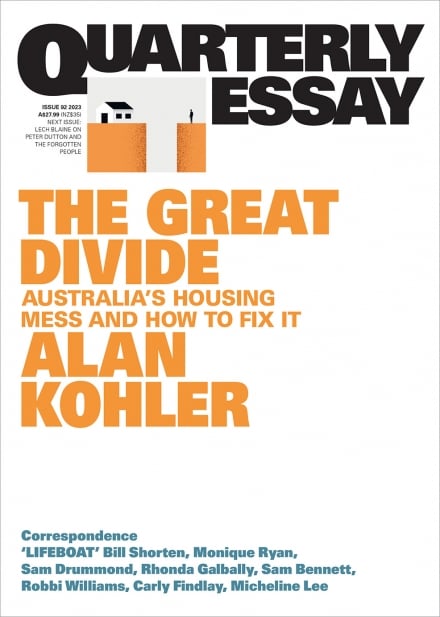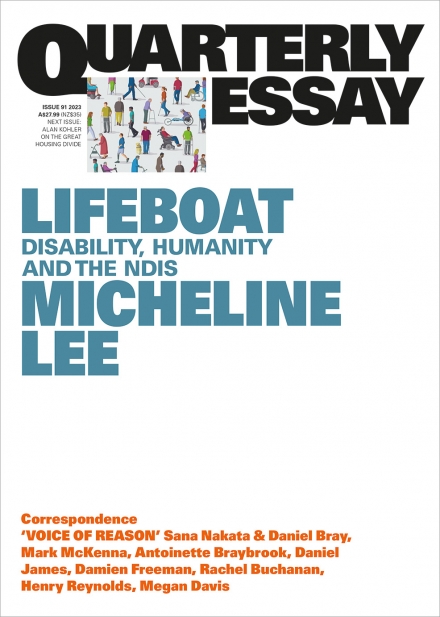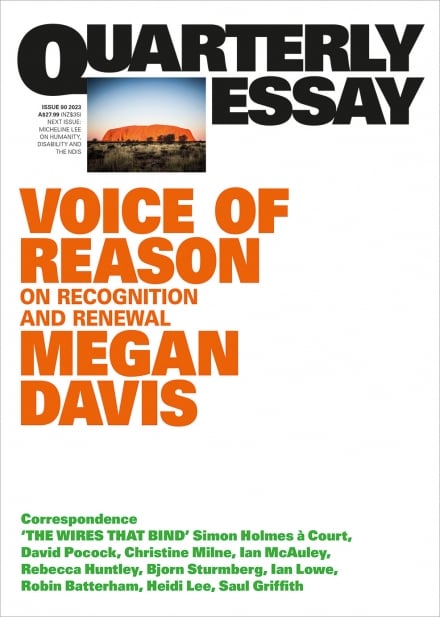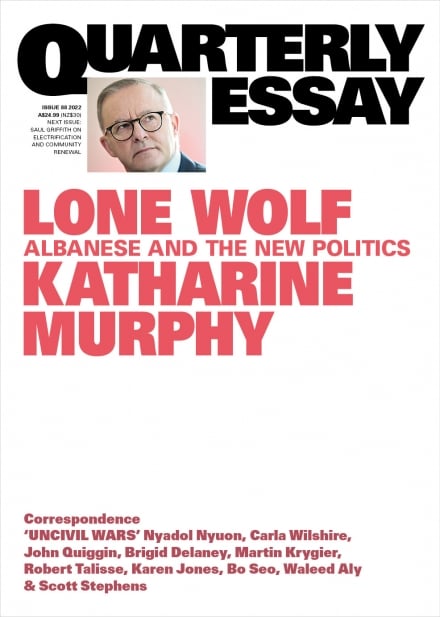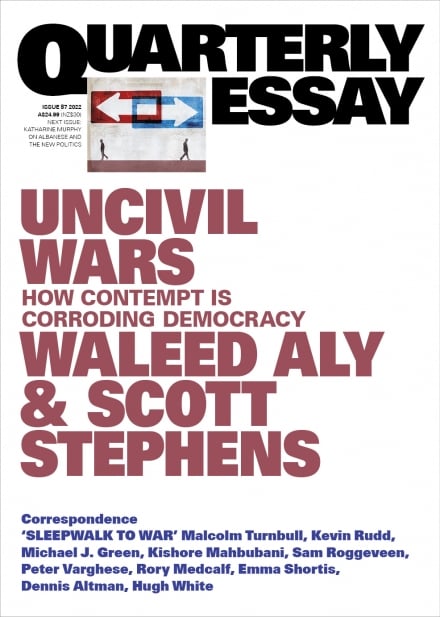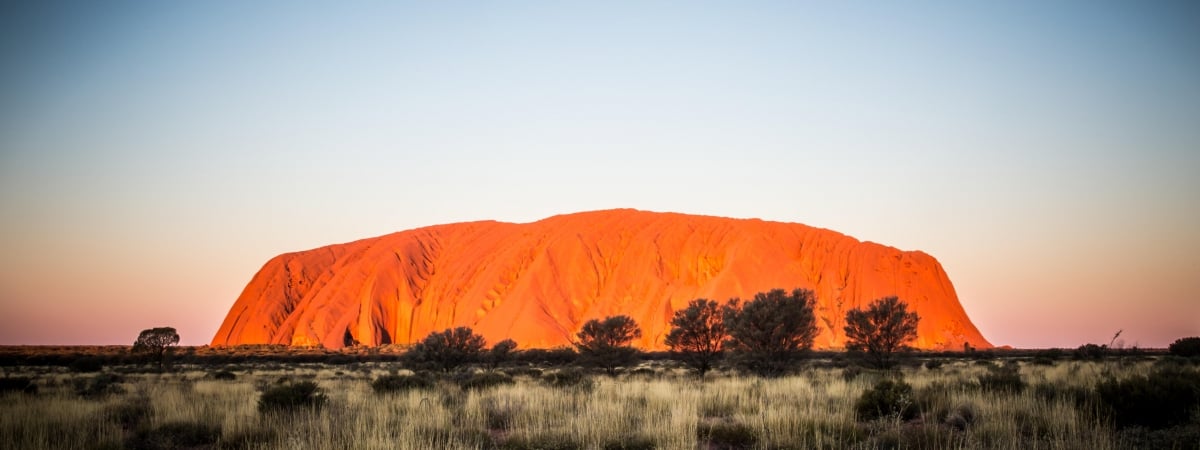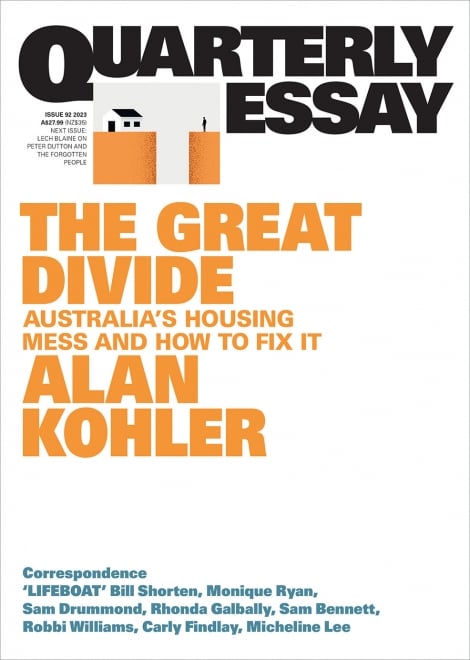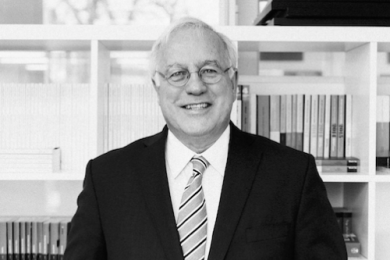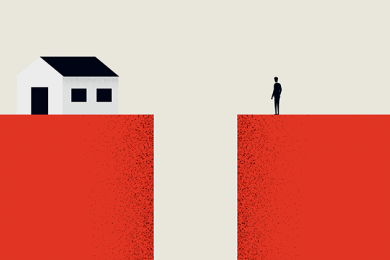One of the great mysteries of Australian life is that a land of sweeping plains, with one of the lowest population densities on the planet, has a shortage of land for houses. As a result, Sydney’s median house price is the second most expensive on Earth, after Hong Kong’s.
The escalation in house prices is a pain that has altered Australian society; it has increased inequality and profoundly changed the relationship between generations – between those who have a house and those who don't. Things went seriously wrong at the start of the twenty-first century, when there was a huge and permanent rise in the price of housing. But what actually happened? And what to do now? As Alan Kohler explains, “the solutions are both complex and simple, difficult and easy: supply must be increased and superfluous demand reduced.”
In this crisp, clarifying and forward-looking essay, Alan Kohler tells the story of how we got into this mess – and how we might get out of it.
“The growth in the value of Australian land has fundamentally changed society, in two ways. First, generations of young Australians are being held back financially by the cost of shelter, especially if they live somewhere near a CBD and especially in Sydney or Melbourne; and second, the way wealth is generated has changed. Education and hard work are no longer the main determinants of how wealthy you are; now it comes down to where you live and what sort of house you inherit from your parents. It means Australia is less of an egalitarian meritocracy.” Alan Kohler, The Great Divide
This essay was amended (in ebook and reprints) to correct a miscalculation of the average annual wage of a carpenter in 1951.
Correspondence discussing Quarterly Essay 92, The Great Divide:
